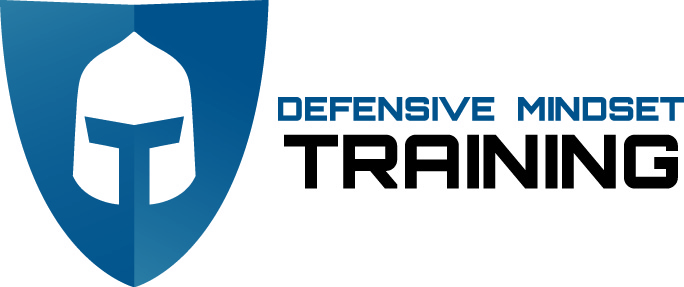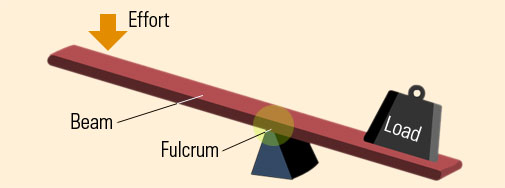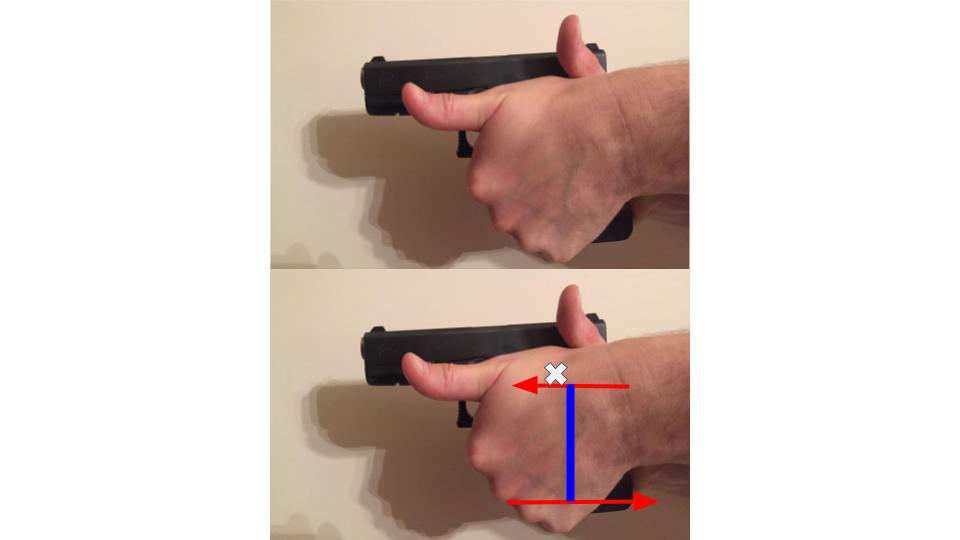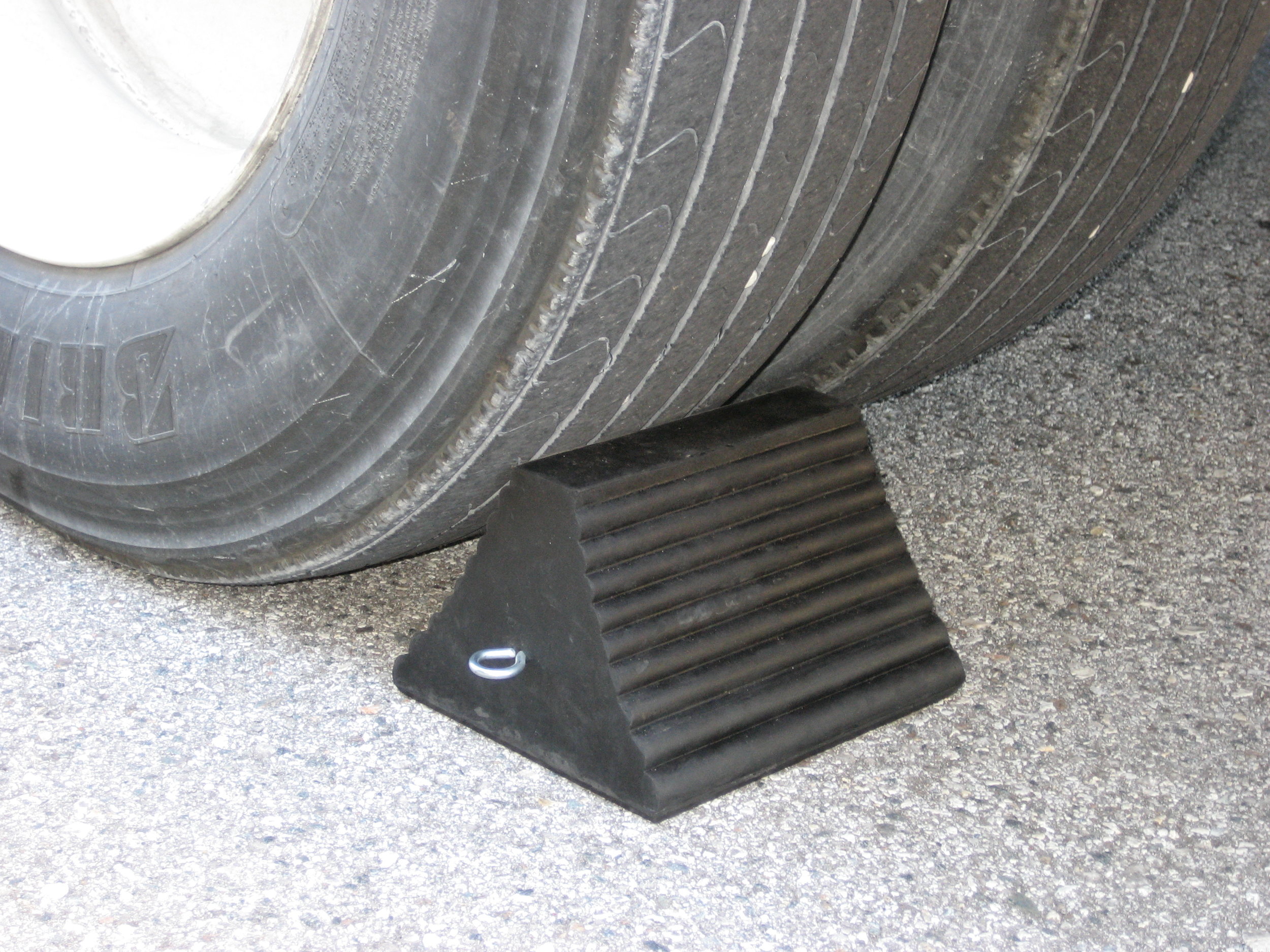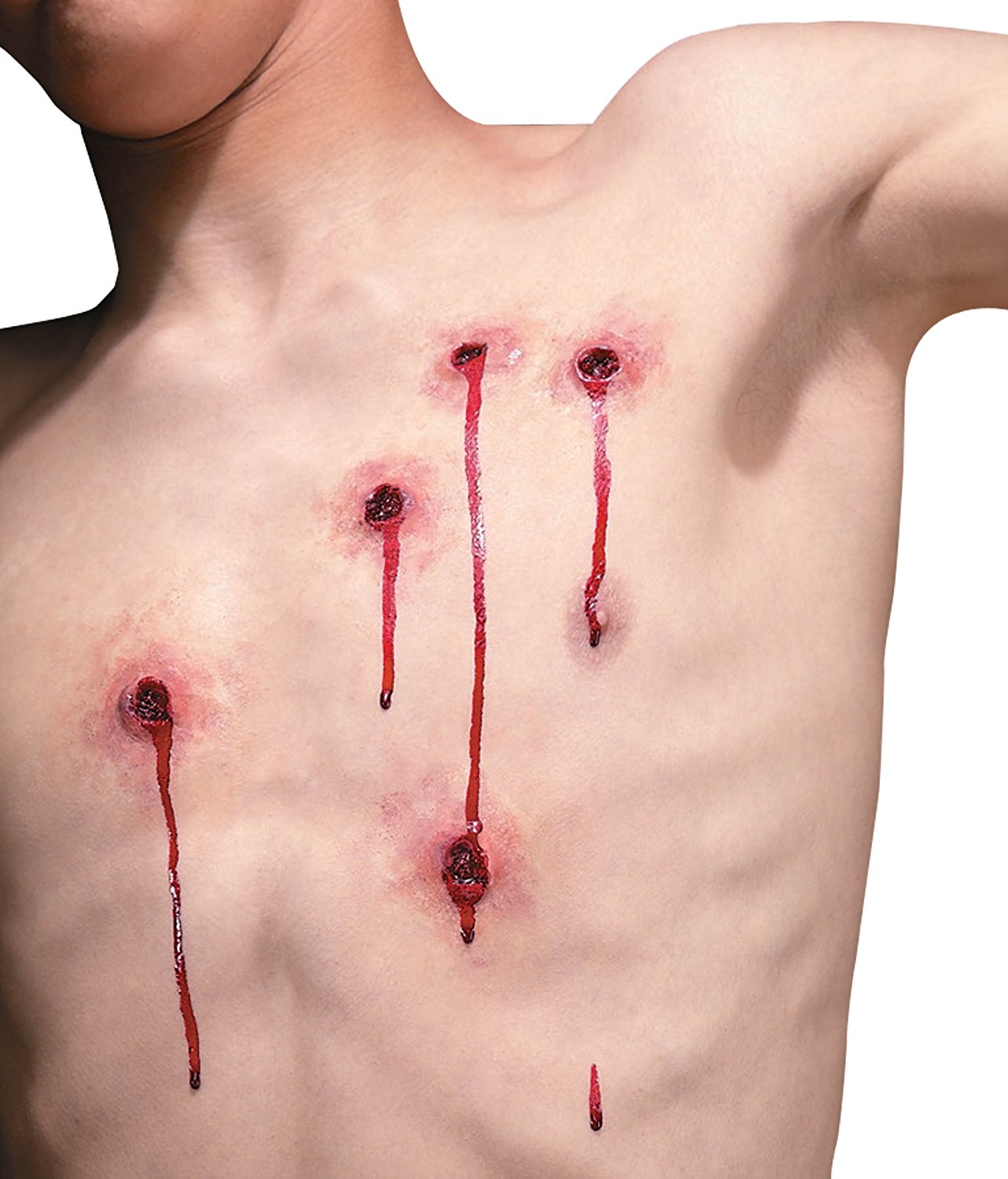Do you carry a firearm with an external safety? Why?
How to Shoot Fast and Accurately
New Shooter Guide
Next Steps for Concealed Carry Permit Holders
Tactical Debrief - Christchurch Mosque Attack
Cincinnati Bank Shooting: Tactical Debrief
360 Degree Check
Shooting and Moving Techniques for Concealed Carry or Competition
Concealed Carry Protection | DotW#59 Primary Hand Only
Draw Your Handgun Faster - Training Newletter
There are many methods of drawing a firearm. Different trainers subscribe to different methodologies, however each one has some pluses and minuses that are worth exploring as you determine which one is “best.” Some "gains" in speed or efficiency can actually harm your capability later in the draw stroke.
Start with the Most Immediate Threat
Grip Makes a Difference - Training Newsletter
I've been told on several occasions by new students that the DMT method of gripping a handgun is, well... unique.
I agree, but the grip makes a pretty significant difference, when you think about it. You see there are lots of different ways that people hang on to a firearm, which each have plusses and minuses. But many firearm grips are missing something key: when you look at how the gun actually moves, the grip does little to help manage recoil.
This newsletter might get a little technical, but stay with me. If you can apply some of this information into your training and technique, you will see a major improvement in recoil management, which will impact how quickly you can get shots on target.
When the firearm goes off, the round is pushed down the barrel of the firearm via the gasses generated in the burning powder. Physics tells us that when something is pushed, there is an equal and opposite "push" in the other direction. So as the bullet comes out of the muzzle at roughly 1100 feet per second, it took a "push" of 355 foot pounds of energy to get that bullet going. And that bullet has to "push" off of something.
The first thing it pushes is the back of the chamber, driving the slide of the handgun backward. That backward drive compresses the recoil spring, which takes up some of that backward energy, but not much. Glock 9mm recoil springs are calibrated to an average of 17 pounds. Once it hits the maximum compression of the slide movement, the firearm will transfer this linear movement into a rotational movement.
For the sake of simple explanation, I'm going to going to label a few parts of this handgun a bit differently than normal. The 'X' on the handgun to the right is what I'll refer to as the Fulcrum Point. A fulcrum is a piece of a simple machine called a lever. The red line running down the handgrip will be our Lever.
When the slide of the handgun hits the length of its movement, it will transfer that linear or straight line energy into a rotational energy, spinning the handgun around the Fulcrum Point. This causes the muzzle of the firearm to rise in the shot, forcing most shooters to bring the firearm down again after each shot to reacquire sights and shoot again. This means slow and painful shooting, or flinging rounds all over the place if you need to shoot fast.
So what to do?
First, understand that with a lever, it's easy to move a large object. It's a simple machine that has been used by humans for thousands of years. It works because you can massively increase your force against a heavy object by using a longer tool to significantly augment your efforts. You can do the same thing with your handgun.
Take a look at the two pictures below. In the left picture, my support hand is vertical on the handgrip. That means when I push and pull with my arms, my handgrip isn't allowing me to maximize the lever but makes it fairly short as noted by the two red lines. In the right picture, my support hand is rotated WAY over. With that rotation I am making the lever much longer, increasing my force against the rotating handgun by a large margin.
Second, note the height of my primary hand on the handgrip. This is another simple tool is called a Chock. The chock inhibits rotation of wheels by presenting a steep vertical barrier for the wheel to climb. With my primary hand pushed deeply into the tang of the handgrip, it acts as a chock, stifling the rotation of the firearm.
Finally, your arms are critical in this recoil management. With a handgun going off in your fingers, there's a tendency to push that firearm entirely way. This is actually a detriment to fast, accurate shooting.
When an arrow is released from a bow, most people think that it zips away in a perfect solid line. That's totally false. The arrow wobbles and bends like a tree in a gale. Take a look.
There are very few substances that can take direct force without this wave of energy rocking through them, and your bones are no exception. When you lock out your primary arm in shooting a handgun, just like this arrow, this wobble, or as DMT calls it "galloping," wave of energy forces the firearm to rise and fall with each shot, slowing your shot speed, spreading your groups, and increasing your amount of felt recoil.
To fix this problem, you need a shock absorber, like the shocks on your car.
We can simulate this same kind of setup by simply bending both elbows slightly (15% bend for primary arm, 10% bend for support arm) and then provide dynamic tension by pushing and pulling with those arms aggressively.
The end result of this physics explanation is pretty self-evident. Click the link to watch:
The DMT handgun grip is distinctly different from what you might learn elsewhere. But it's the most effective method we've found to minimize recoil and help you maintain a quick, accurate shooting speed.
If you'd like a more detailed explanation of how to set up this recoil management position for highly effective shooting, pick up a copy of the Concealed Carry Masters Course video series.
Until next week, train hard and stay safe.
B
Learn to Shoot and Move with the Box Drill - Handgun Drill of the Week #48
Trauma of a Bullet Wound - Training Newsletter
The Grip - Training Newsletter
The Plan of Action - Weekly Training Newsletter
Let's review the tactics that the killer used and think about how we might strategically deal with them from a Citizen Defender perspective.
The killer had 23 firearms in his 32nd floor Mandalay Bay room. He established two separate shooting positions so he could adjust his position in relation to the movement of targets and line of sight to increase his kill count.
The Platinum Ten - Weekly Training Newsletter
On Friday September 15th, London commuters dodged a bullet.
Well actually a bomb. A terrorist, following recipes easily found online at jihadist websites, planted a bucket bomb on one of the mass transit trains in London, commonly called "the Tube."
Be Prepared - Weekly Training Newsletter
I had the great pleasure last weekend of being Mark Walters' guest on Armed American Radio. I was on the show discuss training and some of SMT's awesome digital products, but ended up spending most of the time talking about my time as a Sentinel at the Tomb of the Unknown Soldier.
Civil Unrest and Terror Continues - Weekly Training Newsletter
Weekly Training Newsletter
Sorry for no newsletter last week. We've been migrating a lot of content to new software systems and the transition has taken a lot of my time.
It seems like every week there's some new crisis that captivates our country or the world. Since SMT stays out of politics I'll offer no commentary on the who or why of these events, but as a teacher of defensive tactics, I will offer some perspective and advice for navigating our increasingly dangerous urban areas.
Terrorism
In Barcelona, Spain there was another terror attack. Again, it appears that the terrorist used a van to plow people over in a busy pedestrian area. These attacks are simple, cheap, and terribly effective. I went over some strategies and tactics for dealing with these kinds of attacks in the June 7th newsletter, which I've linked for you here. In brief:
- Use the Outside Scanning Process to ID vehicular threats in your area and their avenues of approach
- Avoid being in positions where you're trapped by other people
- Stay away from areas that cars can quickly access
- Identify areas where you can move if you find a vehicle approaching aggressively
What makes the Barcelona attack particularly horrible is that it appears to be a "fallback" plan to a much bigger and more terrible attack. Outlets like CNN and the Telegraph are reporting that it appears the terrorist's primary target was the Sagrada Familia Church and other symbols of the "crusaders."
Remember that these kinds of attackers are ideologically driven. They feel utterly justified in killing you, or your children. That's why it usually requires law enforcement or citizen defenders to stop these threats with lethal force. Here is a video of one of the Barcelona terrorists being stopped by the police. (Video - Warning, violent.)
What really stuns me about this video is that this terrorist is wearing a Suicide Vest and the LEO allows him to get back to his feet and start to approach the officer. Even the person filming this video would be in danger were that an actual S-Vest.
With terrorists like these, wearing a Suicide Belt or Vest, you really cannot take the chance that they close on you. They must be stopped, immediately.
Riots and Civil Unrest
Over the last several weeks there have been several examples of riots and civil unrest in the United States. Each one of these has had the spark of becoming true violent chaos like we saw in Baltimore, MD, or Ferguson, MO last year.
In those kinds of sporadic, random, riotous events it is critical that you have a plan to get yourself and your loved ones out.
For some, the idea of preparing for urban chaos might seem kind of silly. But here's a story from a friend of mine who has trained special operations, high-net worth individuals, security teams, and interested citizen defenders. He had a client that had done a bit of training with him before a holiday trip to an African country.
While the client and his wife were in this foreign land, a major riot started in a large urban area. He managed to get himself and his wife in some shelter by breaking into a store and barricading in the back room. There, he and his wife defended that room against violent invaders and rioters for THREE DAYS. You can imagine the trauma that he and his wife faced, even while being lucky enough to stay alive.
That's what we'd like to avoid by taking some simple steps to prepare for urban based social unrest.
Don't think this kind of chaos can happen here in the US? How quickly we seem to forget that from April 29-May 4,1992, we witnessed something similar to what the client faced overseas - the LA riots.
So what can we do to prepare?
1. Have a Go Bag
This is a kit of equipment that will carry you through 24 to 48 hours of not being in your home or having access to your vehicle. There are tons of great Go Bag set ups on the web. Do some research and put one together that stays with you every time you go into an urban area.
2. Have the ability to break in or break out of situations
The client I mentioned above knew how to break into a building. I know that's not legal, but when you're trying to escape potentially lethal violence, there's a pretty powerful justification for getting into a building where you wouldn't normally have access. Now understand that if you just bust in, it's pretty easy for those vultures to see that someone's busted in and follow you. That's where it can be useful to have experience with lock picking equipment.
As for breaking out of situations: Know how to bust through zip ties. Know how to kick through a car window or get out of a car's trunk and not hurt yourself. Know how to get through a crowd, if you must, and escape.
3. Pay attention to what the crowd is doing
Crowds - riots - are like living organisms. They breathe and grow and die like a living thing. There will be times of great activity and times of total, uncomfortable silence. Listen to these changes and be ready to move.
You may be planning on going to a protest in the future. Maybe you even carry defensive tools on a regular basis. If you plan on going to a protest, DO NOT CARRY. I cannot stress this enough. The laws surrounding self-defense DO NOT APPLY to situations that stem from riots in which YOU have participated. Don't believe me? Here are the Statutes.
Remember our Foundational Legal Perspective:
In order to avoid prosecution or conviction, you MUST be seen by a Prosecutor or a Jury as:
- An “unwilling actor” who is absent of any aggression or provocation.
- That the force you used was necessary and that “no lesser force” would do.
- You had no way to retreat safely.
- That you were in immediate fear of “great bodily harm or death” to yourself or another.
- That you were “reasonable” in the grounds for your fear.
If you're there to protest, or to counter someone else's protest, you are NOT an unwilling participant. Keep this in mind.
As always, train hard and stay safe,
B
Important Announcement, and "Stay or Go" - Weekly Training Newsletter
Those of us who are the primary security for our families have probably all had the thought: "If something goes down, what do I do with the family?"
Believe it or not, we're not the first people to ever ask that question Government security details and private security firms have been working on this concept for more than a hundred years. There's already a convenient answer in place.
The general principle is called Projection vs. Protection.
